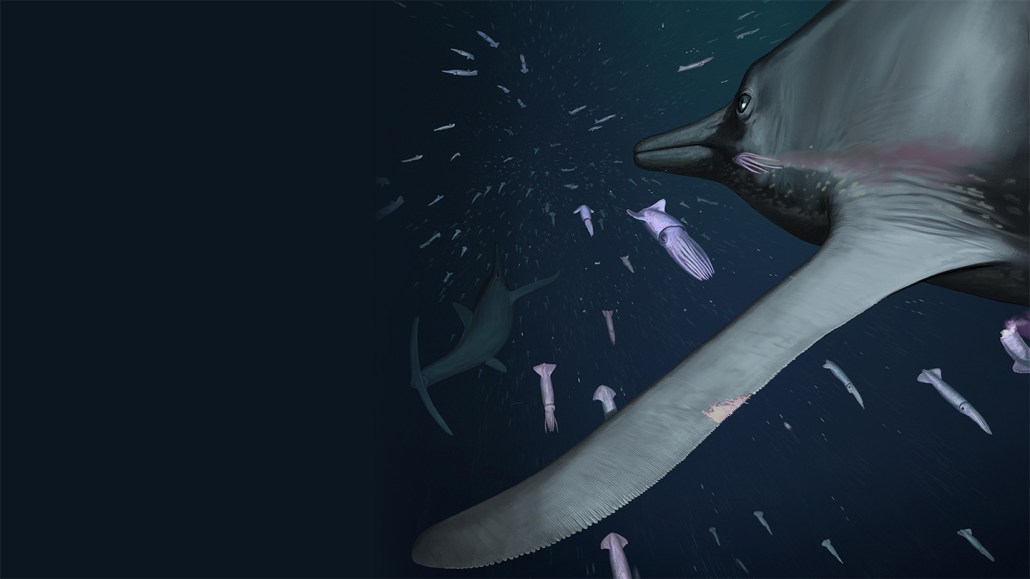How an ancient marine predator snuck up on its prey
Serrations at the edges of Temnodontosaurus' fossilized flipper may have dampened the sound of swimming

The ancient marine reptile Temnodontosaurus, shown here in an artist’s representation, had flippers with curious serrations on the trailing edge, which might have helped it sneak up on prey.
Joschua Knüppe